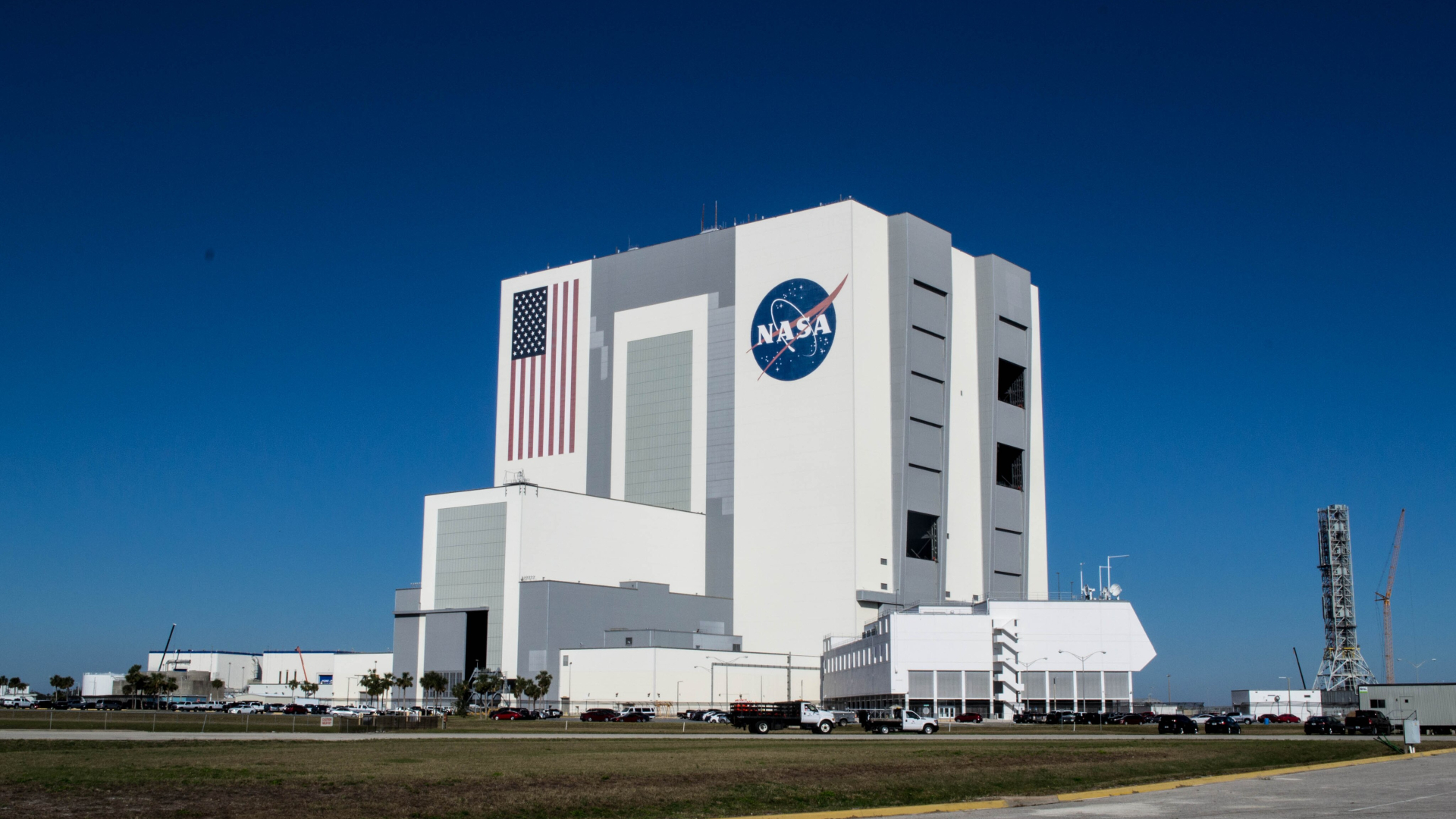New Technique Will Photograph Earth-Like Planets

New technology developed to photograph faraway Earth-like planets actually works, NASA researchers now find.
Although scientists have detected more than 200 alien worlds so far, no one has detected an exoplanet that looks like Earth. Most exoplanets seen until now are five to 4,000 times Earth's mass, and are either too hot, too cold or too much of a gas giant to be considered probable habitats for life.
Imaging Earth-like exoplanets is a daunting challenge because the dim starlight that such relatively small worlds reflect is easily overpowered by the glare of their far larger, brighter parent stars. Now two astrophysicists at NASA's Jet Propulsion Laboratory in Pasadena, Calif., have devised new techniques that can overcome this glare, enabling future space telescopes to snap pictures of Earth-like exoplanets up to 10 billion times fainter than the stars they orbit.
The challenge
Two key obstacles all telescopes face when trying to image exoplanets are diffracted and scattered light. The system that senior research scientists John Trauger and Wesley Traub devised, dubbed the High Contrast Imaging Testbed, handles these hurdles with the aid of a blurry barcode and a flexible mirror.
When starlight hits the edge of the primary mirror a telescope uses to gather light, it diffracts to generate a pattern of rings or spikes "that can hide some poor little planet," Traub told SPACE.com. The researchers addressed this problem with a stellar coronagraph, a simple device akin to the solar coronagraphs that block all the harsh, direct light from the Sun in order to better view its corona.
The stellar coronagraph is made of two "masks" developed over the last five years. The first mask resembles a blurry barcode, and is centered on the image of the star the telescope is focused on. This specific collection of stripes diffracts the star's light, steering it off to the side toward the second mask, a hole leading to an opaque sheet that suppresses this glare. The light that passes through these masks comes from around the center of the telescope's point of view, "hopefully from any orbiting planets," Traub said.
Breaking space news, the latest updates on rocket launches, skywatching events and more!
"This is at least a thousand times better than anything demonstrated previously," Trauger added.
The barcode mask, which consists of stripes of darkened glass on transparent glass, is best at blocking out red light, but is not as good at suppressing other colors. The researchers are developing a mask with metal stripes that can hopefully block out the other visible wavelengths in starlight. This would permit telescopes to view exoplanets in full color, allowing astronomers to learn key details about their atmosphere, "such as whether they have oxygen," Trauger said.
In addition to the problem of diffracted light, minor ripples on a telescope mirror can scatter light, producing "speckles" or faint copies of a star shifted to the side that can also obscure planets. To solve this problem, the researchers developed a deformable mirror over the last nine years that is the size of a large coin-a 32 millimeter by 32 millimeter square of flexible, 150-micron-thick glass with a reflective coating.
Behind this mirror is a set of 32 by 32 computer-controlled pistons that can each move the patch of mirror they are under just a few dozen picometers or trillionths of a meter up or down. These slight alterations can compensate for the telescope's minor imperfections. The researchers note a larger mirror with more pistons would prove even better at suppressing speckles.
Simulated solution
The researchers successfully demonstrated these techniques in the laboratory, using a laser as a simulated star, with three fainter copies of the star serving as fake planets-one as bright as Jupiter, one half as bright as Jupiter and one as faint as Earth. The simulated planets stood out plainly, findings detailed in the April 12 issue of the journal Nature.
The system "could literally be put on a space telescope today," Traub said. The researchers aim for it to go aboard the Terrestrial Planet Finder, which unfortunately has no launch date right now because of insufficient funding.
"We are interested in smaller space missions that would not be as large and productive as a full-scaleTerrestrial Planet Finder but could still have our system onboard and tell you about nearby planets," Traub said.
The Kepler mission, currently scheduled to launch in October 2008, could detect Earth-sized exoplanets but won't photograph them. Kepler will watch for the regular dimming of stars, which could indicate that exoplanets are transiting in front of them. However, such transits are believed to be rare. Of the roughly 100,000 Sun-like stars the mission hopes to look at, they expect to find just 500 to 1,000 Earth-sized worlds, explained Kepler Mission principal investigator William Borucki.
- Colorful Worlds: Plants on Other Planets Might Not Be Green
- Water Found in Extrasolar Planet's Atmosphere
- The Strangest Things in Space
Join our Space Forums to keep talking space on the latest missions, night sky and more! And if you have a news tip, correction or comment, let us know at: community@space.com.

Charles Q. Choi is a contributing writer for Space.com and Live Science. He covers all things human origins and astronomy as well as physics, animals and general science topics. Charles has a Master of Arts degree from the University of Missouri-Columbia, School of Journalism and a Bachelor of Arts degree from the University of South Florida. Charles has visited every continent on Earth, drinking rancid yak butter tea in Lhasa, snorkeling with sea lions in the Galapagos and even climbing an iceberg in Antarctica. Visit him at http://www.sciwriter.us
